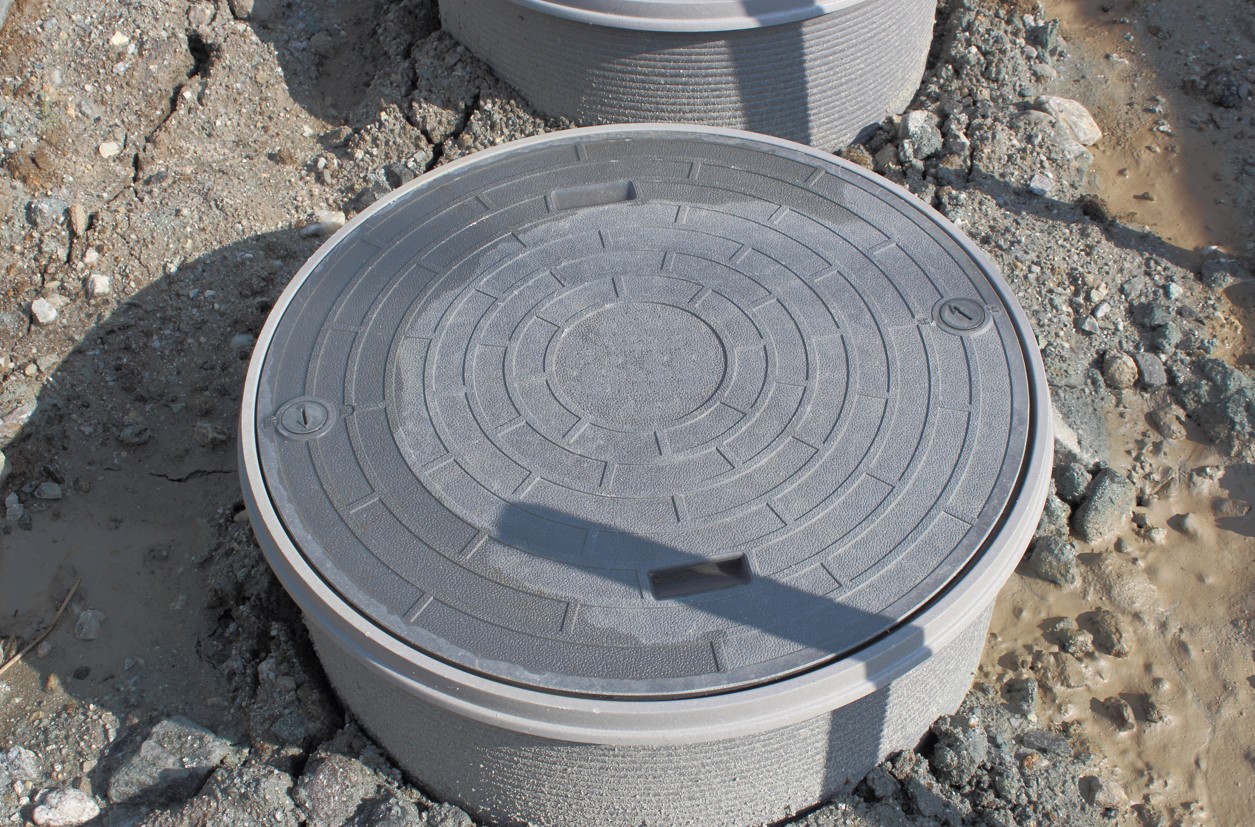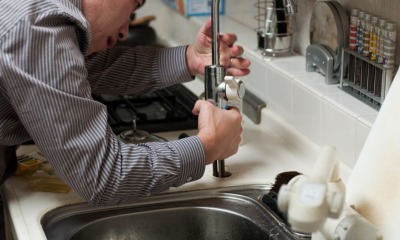Home Improvement
5 Maintenance Tips For Your Septic Tank

If you rely on a septic tank, you know how important it is to you and your family. Yet like anything else around your home, the septic tank requires various types of maintenance to keep it in top condition. To make sure your septic tank experiences few if any problems, here are five of the top maintenance tips you should always remember and have done on a regular basis.
Pump it Regularly
The one maintenance task for your septic tank that you don’t want to get behind on is having it pumped out regularly. If you ignore this important aspect of septic tank maintenance, you’ll have a very large mess in your yard and probably inside your home as well. Depending on the size of your septic tank, how many people are in your household, and the waste that goes into the septic tank, it’s best to have it pumped about every two or three years.
Step One: Contact Your Local Septic Service Provider
The first step in getting your septic tank pumped out is to contact a local service provider. Be sure to ask about their experience and qualifications before hiring them. You don’t want just anyone working on your septic system! Make sure they have plenty of experience with similar systems and can provide references from previous customers if needed.
Step Two: Prepare for the Pumping Process
Once you’ve chosen a service provider, it’s time to get ready for the actual pumping process. First, make sure any water sources, such as sprinklers or hoses, are turned off and that all drains are plugged up tight. This is important because it will prevent any debris from entering the pipes while they are being worked on. Then, inspect the area around your septic tank to make sure there are no obstructions or hazards that could inhibit access. Finally, clear away any vegetation or objects that may be blocking access to the lid of your septic tank—this is where the service provider will need to insert their equipment in order to pump out the contents of your tank.
Step Three: The Actual Pumping Process
Once all these steps have been completed and you give the go-ahead, your service provider will begin pumping out your septic tank using specialized equipment. This process should take anywhere from 45 minutes to an hour depending on how full your tank is and how long it takes for them to connect their equipment properly. Once finished, make sure you inspect the area around your tank one last time before calling it a day—you don’t want any debris or leftover materials clogging up those pipes!
Look for Leaks
About once each month, walk around the area where your septic tank is located to see if there are any indications of it leaking. Should you notice areas of grass that are especially lush nearby, this could mean the tank is leaking.
Identifying a Leak
The first step in locating and repairing a leak in your septic tank is to determine if there actually is one. To do this, check for any damp patches near the tank or on the ground around it. You should also look for standing water that wasn’t there before as well as any odd odors coming from the area around your septic tank. If you notice any of these signs, then chances are good that you have a leak somewhere in your system.
Repairing a Leak
Once you have identified that you have a leak in your septic tank, the next step is to figure out how best to repair it. The most common way of doing this is by using an epoxy sealant or patch kit specifically designed for use on a septic tank. These kits typically come with instructions on how to properly apply them so make sure that you read and follow them carefully before attempting any repairs yourself. If you’re unsure or uncomfortable with making these repairs yourself, then it’s best to call an experienced professional who can do the job correctly and safely.
Inspections and Maintenance
The best way to prevent leaking in your septic tank is by having regular inspections done by experienced professionals, like those from Rob’s Septic Tanks Inc, every few years or so.. This will help identify any potential problems before they become serious issues which could cost more money in the long run than simply paying for an inspection every few years would have been initially had they caught something earlier on when it was still fixable at minimal cost compared to putting off such an inspection until much later when all that could have been done was costly repairs due to neglecting maintenance altogether which could have been avoided entirely by simply getting regular inspections done periodically like one should be doing anyway when owning such a device as part of their home’s plumbing system since this kind of neglect will only lead to more expensive costs down the road . Additionally, performing regular maintenance on your system can go a long way towards preventing leaks from occurring in the first place as well as keeping your overall system running smoothly.
Protect the Leach Field
The leach field for your septic tank is an important part of your septic system that sometimes gets overlooked. Consisting of perforated pipes that extend a considerable length, you can walk on a leach field without any worries. However, if vehicles or other heavy items are placed in the leach field, their weight can damage the system’s pipes. Therefore, clearly mark off your leach field and make sure no heavy items make their way into the field.
Apply Bacteria Additives
By adding a bacteria additive to your septic tank, you can help to ensure the waste inside the tank breaks down in a proper manner. Otherwise, it’s possible your septic tank’s pipes could become clogged from waste that is not breaking down as it should.
Maintain Accurate Maintenance Records
Finally, always keep very accurate maintenance records for your septic tank. By doing so, you’ll know when pumping and other tasks need to be completed. This will also let you notice problems that may be happening much too often, helping you correct small problems before they become much bigger.
While it sounds complex, maintaining your septic tank is much easier than you would expect. By being diligent about completing various tasks and having it pumped out when necessary, you’ll have few if any problems with your septic tank.
-

 Tech11 years ago
Tech11 years agoCreating An e-Commerce Website
-

 Tech11 years ago
Tech11 years agoDesign Template Guidelines For Mobile Apps
-

 Business6 years ago
Business6 years agoWhat Is AdsSupply? A Comprehensive Review
-

 Business10 years ago
Business10 years agoThe Key Types Of Brochure Printing Services
-

 Tech8 years ago
Tech8 years agoWhen To Send Your Bulk Messages?
-

 Tech5 years ago
Tech5 years ago5 Link Building Strategies You Can Apply For Local SEO
-

 Law5 years ago
Law5 years agoHow Can A Divorce Lawyer Help You Get Through Divorce?
-

 Home Improvement6 years ago
Home Improvement6 years agoHоw tо Kеер Antѕ Out оf Yоur Kitсhеn

































